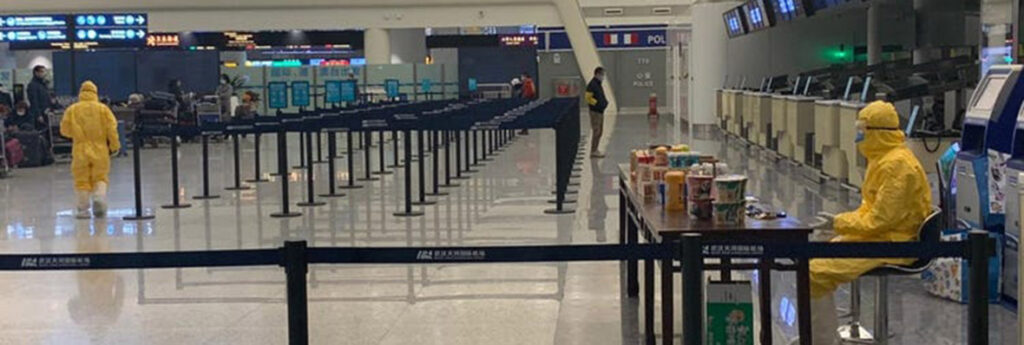An all-time low for global airline load factor in June has prompted IATA to revise its forecast for a return to pre-COVID-19 levels until 2024 – a year later than previously predicted.
The International Air Transport Association (IATA) says a recovery in short haul travel is still expected to happen faster than for long haul travel, however even in that sector, recovery to pre-pandemic levels of revenue passenger kilometres (RPKs) will slide a year to 2023 from the original forecast.
For 2020, global air passenger numbers are expected to decline by 55% compared to 2019, worsened from the April forecast of 46%.
June 2020 passenger traffic foreshadowed the slower-than-expected recovery. Traffic fell 86.5% compared to the same period a year ago. That is only slightly improved from a 91.0% contraction in May, which was driven by rising demand in domestic markets, particularly China. The June load factor set an all-time low for the month at 57.6%.
North American carriers had a 97.2% traffic decline in June, barely improved from a 98.3% decline in May. Capacity fell 92.8%, and load factor dropped 53.8 percentage points to 34.1%.
The more pessimistic recovery outlook is based on a number of recent trends, reports IATA:
• Slow virus containment in the US and developing economies: Although developed economies outside of the US have been largely successful in containing the spread of the virus, renewed outbreaks have occurred in these economies, and in China. Furthermore, there is little sign of virus containment in many important emerging economies, which in combination with the US, represent around 40% of global air travel markets. Their continued closure, particularly to international travel, is a significant drag on recovery.
• Reduced corporate travel: Corporate travel budgets are expected to be very constrained as companies continue to be under financial pressure even as the economy improves. In addition, while historically GDP growth and air travel have been highly correlated, surveys suggest this link has weakened, particularly with regard to business travel, as video conferencing appears to have made significant inroads as a substitute for in-person meetings.
• Weak consumer confidence: While pent-up demand exists for VFR (visiting friends and relatives) and leisure travel, consumer confidence is weak in the face of concerns over job security and rising unemployment, as well as risks of catching COVID-19. Some 55% of respondents to IATA’s June passenger survey don’t plan to travel in 2020.
Passenger numbers are expected to rise 62% in 2021 off the depressed 2020 base, but still will be down almost 30% compared to 2019. A full recovery to 2019 levels is not expected until 2023, one year later than previously forecast. (Since short haul travel will recover more quickly than long-haul, RPKs will not recover as quickly as overall passenger numbers).
Scientific advances in fighting COVID-19 including development of a successful vaccine, could allow a faster recovery, says IATA, which nevertheless says there appears to be more downside risk than upside to the baseline forecast at present.
“Passenger traffic hit bottom in April, but the strength of the upturn has been very weak. What improvement we have seen has been domestic flying. International markets remain largely closed… And in many parts of the world infections are still rising. All of this points to a longer recovery period and more pain for the industry and the global economy,” said IATA’s director general and CEO Alexandre de Juniac.
Domestic traffic improvements notwithstanding, international traffic, which in normal times accounts for close to two-thirds of global air travel, remains virtually non-existent according to de Juniac.
“Most countries are still closed to international arrivals or have imposed quarantines, which have the same effect as an outright lockdown. Summer — our industry’s busiest season — is passing by rapidly; with little chance for an upswing in international air travel unless governments move quickly and decisively to find alternatives to border closures, confidence-destroying stop-start re-openings and demand-killing quarantine.”

